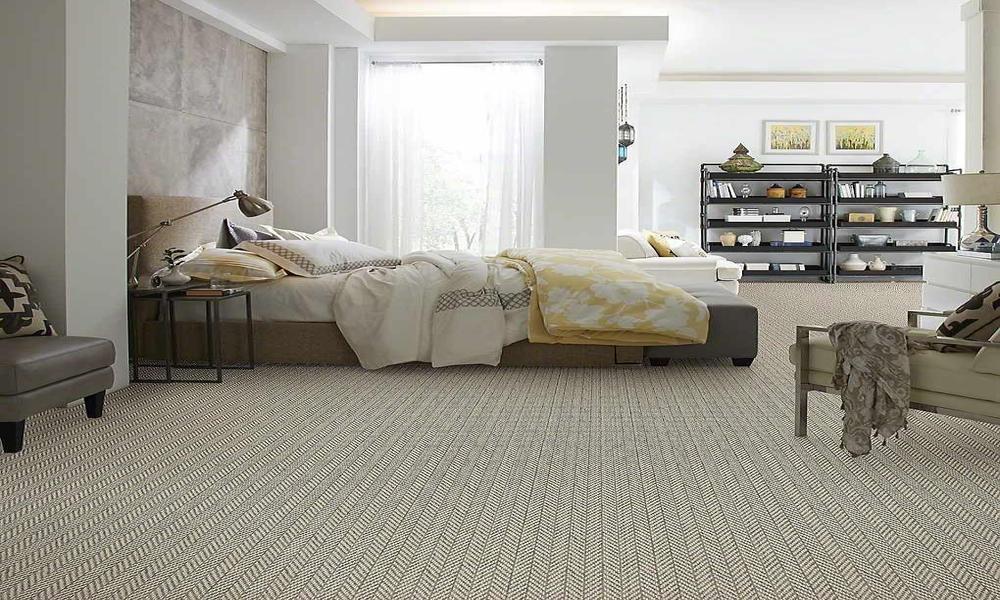Incorrect Sizing: Order carpets without accurately measuring the dimensions of the rooms. This can lead to excess waste when cutting the carpets to fit, resulting in additional costs for purchasing extra material.
Lack of Maintenance: Neglect regular carpet maintenance practices such as vacuuming, spot cleaning, and professional deep cleaning. Over time, dirt, stains, and debris can accumulate, causing irreversible damage and reducing the carpet’s lifespan.
Incompatible Environment: Choose wall-to-wall carpets that are not suitable for the intended environment. For instance, selecting a carpet with a low resistance to moisture for a high-humidity area like a bathroom or kitchen. This can lead to mold, mildew, and deterioration of the carpet, necessitating early replacement.
Overpaying: Pay exorbitant prices for the carpets without researching the market or comparing prices from different suppliers. This can result in unnecessary financial strain and a poor return on investment.
WALL TO WALL CARPETS Secrets You Never Knew
Origin and Evolution: The concept of wall-to-wall carpet dates back to ancient times when nomadic tribes used woven textiles to cover the floors of their tents. Over the centuries, carpets evolved to become an art form, and in the 18th century, the industrial revolution led to the mass production of carpets, making them more accessible to the general public.
Noise Reduction: One of the lesser-known benefits of wall-to-wall carpets is their ability to reduce noise. The dense fibers of the carpet absorb sound waves, minimizing echoes and footstep noise.
Insulation: Wall-to-wall carpets provide thermal insulation by acting as a barrier between the floor and the room. The carpet helps to retain heat during colder months, making the space feel warmer and reducing energy costs. Additionally, the insulation properties of carpets also contribute to noise reduction.
Health Benefits: Contrary to popular belief, wall-to-wall carpets can improve indoor air quality. The carpet fibers trap dust, allergens, and other particles, preventing them from becoming airborne and circulating in the room. However, regular vacuuming and professional cleaning are essential to maintain cleanliness and minimize allergens.
How I Improved My WALL TO WALL CARPETS
Treat stains promptly: Accidental spills happen, so it’s important to address stains as soon as possible. Blot the stain with a clean cloth or paper towel to absorb any liquid. Use a carpet stain remover appropriate for your carpet type and follow the instructions carefully.
Implement a “no shoes” policy: Encourage family members and guests to remove their shoes when entering your home. Shoes can track in dirt, mud, and other substances that can soil your carpets. Providing a designated area for shoes or offering slippers or disposable shoe covers can help enforce this policy.
Trim loose fibers: Over time, carpets may develop loose or pulled fibers. Use scissors to carefully trim these fibers to prevent them from unraveling further. Be cautious not to cut the carpet loops or create noticeable gaps.
Use carpet protectors: Consider using carpet protectors, such as clear plastic mats or rugs, in high-traffic areas or underneath furniture to minimize wear and tear. These protectors help distribute the weight and reduce the impact on the carpet.





